Bishapur City, Kazerun | An Ancient Persian Marvel
Fars province has long been a significant hub of governance in pre-Islamic Iran, which explains the presence of numerous remarkable ancient structures in the region. Among these historic sites is the ancient city of Bishapur, a testament to extraordinary architectural achievements.
Bishapur city, located near Kazerun in the southwest of Fars province, stands out for its exceptional urban planning and design. The city's ruins, with their distinct layout and historical significance, vividly represent the grandeur of the Sassanid era.
The History of Bishapur city
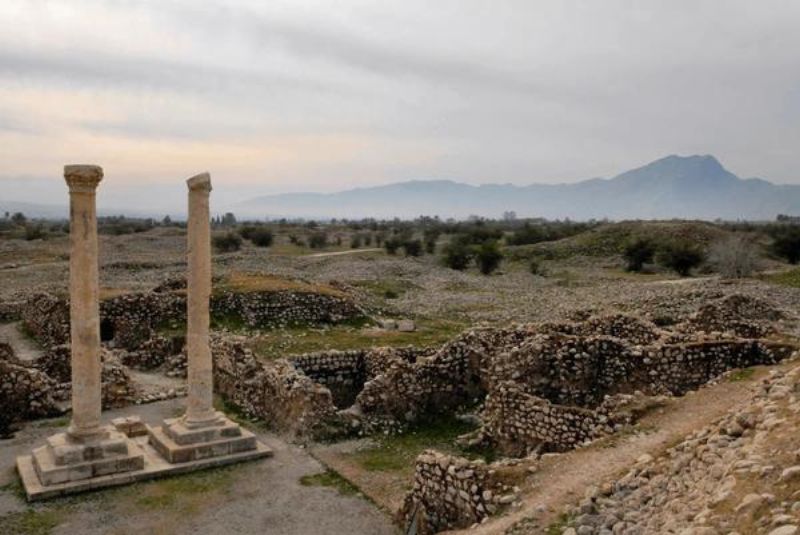
Bishapur, a substantial city spanning 200 hectares, emerged during the Sassanian era within the Kazerun district of Fars province. One of the period’s most prominent urban centers, its construction narrative is uniquely preserved in written form on a stone inscription. Renowned for its agreeable climate and innovative architectural concepts, Bishapur stands as a testament to the engineering prowess of its time. Historical records reference the city under various names, including Bishapur, Beshapur, Beshawar, and "Beh Indioshapur." It also served as the administrative hub of the Ardashir-Khwarrah province.
King Shapur I of the Sassanian dynasty is credited with founding Bishapur. While the name is believed to derive from "Bahshapur," signifying "Shapur the Good," another interpretation suggests a deeper meaning. "Bishapur" can be decomposed into "Bish," translating to "best," and "apur," meaning "settlement." Consequently, Bishapur can also be understood as "the best city," a testament to the high esteem in which it was held during the Sassanian era.
Constructed in 266 AD by Shapur I, Bishapur's history stretches back further to the Elamite and Achaemenid periods. Initially, it served as the capital of Ardashir Khwarrah province. Following Shapur I’s triumph over Roman Emperor Valerian, he commissioned the building of a city in a region with a pleasant climate, positioned along the Persepolis-Ctesiphon route. This thoroughfare, historically connecting Persepolis, Estakhr, and Susa during the Achaemenid era, was strategically chosen for the city’s location. Apasai, a Syrian architect, was tasked with Bishapur’s design and construction. The city's placement capitalized on natural and geographical elements to provide defense against foreign attacks while maintaining aesthetic appeal.
From the 6th century onward, Bishapur's fortunes declined as the Sassanian government weakened amidst internal uprisings. The Arab invasion of Iran inflicted further damage on the city. Historical records also link its decline to plague outbreaks and widespread disease. Despite these setbacks, Bishapur remained inhabited until the 7th and 8th centuries before ultimately being deserted.
Architecture of the Ancient City of Bishapur

Bishapur city was designed using Greek architectural principles introduced by Hippodamus, characterized by a grid plan with four gates and two main streets intersecting at the city's core, leading to the gates. The city is divided into two primary sections: the royal citadel and the public area.
The royal citadel housed significant buildings such as the Anahita Temple, the Mosaic Porch, the Valerian Palace, and the Shapur Ceremonial Hall. In contrast, the public area included spaces like Garmabeh (Iranian bath house), caravanserais, bazaars, and residential houses. The government citadel, perched on the heights of Shapur Mountain in the northeast, was the residential hub for the nobility and was separated from the rest of the city by a stone wall. The city's layout extended down the slope to the riverbed, with archaeological evidence revealing that the northern part of Bishapur featured paved streets and lush gardens during the Sassanid era.
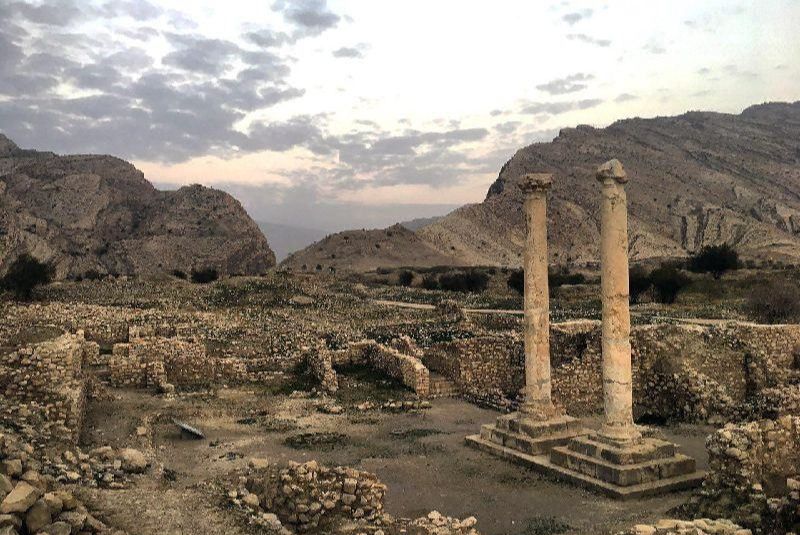
Bishapur is renowned for its striking architecture, especially its unique rectangular layout and the grandeur of its structures. Covering nearly 300,000 hectares, the city's design was influenced by its natural surroundings, including the Chogan Valley, surrounding rocks, and the Shapur River. Among the city's numerous historical and religious monuments, the Victory Palace and the Anahita Temple stand out. Additionally, Bishapur was home to a large fire temple, known as the "Bishapur Fire Temple," where the sacred fire was kept.
Over time, the architecture of Bishapur has undergone varying levels of conservation and restoration. The city is known for its large and elegant porches with brick roofs and intricately designed columns, which were key features of its architectural style. Temples adorned with stone carvings and artistic decorations reflect the culture and religious practices of the time. The palaces and royal buildings, with their magnificent designs and luxurious decorations, showcase the power and wealth of the Sassanid rulers. Bishapur's architecture, blending beauty, innovation, and technological expertise, stands as one of the most valuable examples of ancient Iranian culture and art.
Different Parts of Bishapur City
Bishapur city is a place where each area holds its own unique significance, offering a rich historical and cultural experience.
Pirouzi Palace Entrance
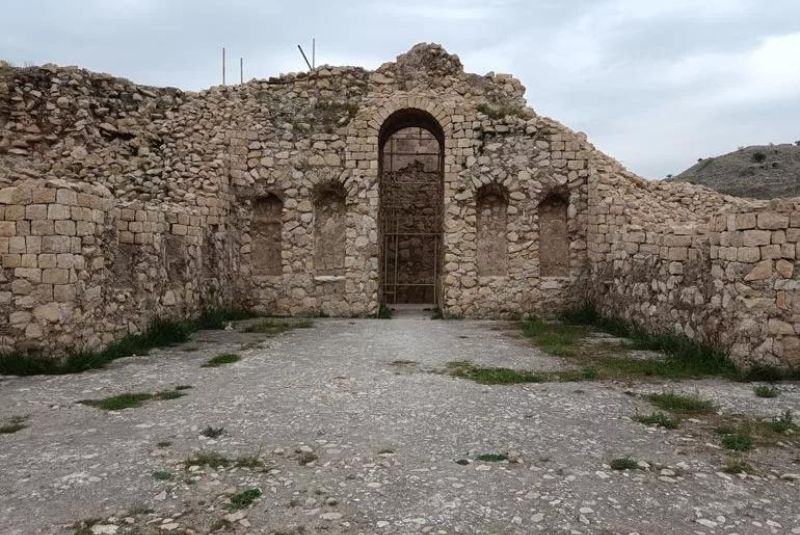
At the heart of Bishapur city lies the Pirouzi Palace, a structure that proudly symbolizes triumph and joy following the victories of kings. The palace's inverted walls serve as a testament to the successes and appointments of armies and rulers. The intricate carvings and reliefs that adorn this palace vividly depict these victories, allowing visitors to truly grasp the historical importance of this site and appreciate the grandeur of ancient Iranian culture and history.
The Place of Offerings
Located at the intersection of Bishapur's two main streets is the Place of Offerings. This area is marked by two towering pillars, each reaching about 9 meters in height and adorned with inscriptions that document the construction of Bishapur city. These stone columns, once accompanied by a statue of Shapur I, were primarily built to reinforce the authority and legitimacy of the Sassanid rulers. Additionally, they showcased the wealth, prestige, and architectural skill of the Sassanid civilization. The inscriptions and reliefs found here provide invaluable insights into the history, culture, and achievements of the Sassanid Empire.
Residential Areas
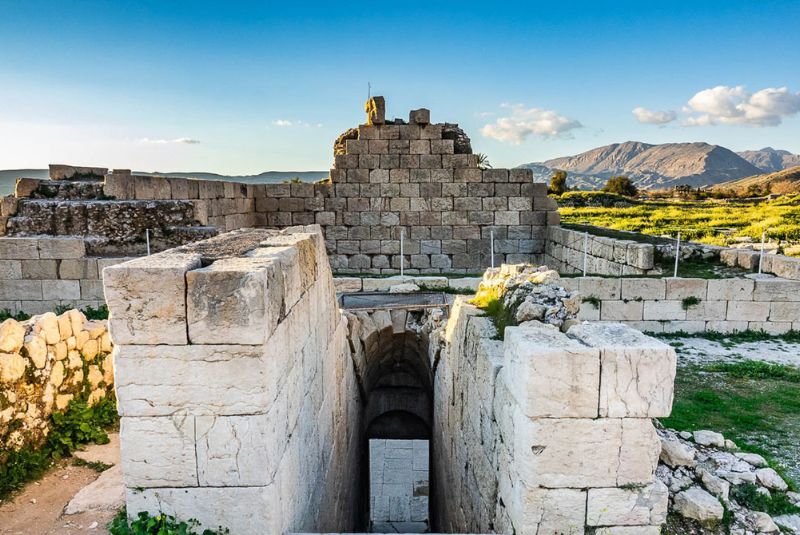
The residential sections of Bishapur city contributed to the overall cultural and historical richness of the area. These neighborhoods were home to the city's inhabitants and reflected the social structure and way of life of the time. The houses, constructed from materials like brick and wood, combined practicality with traditional and aesthetically pleasing designs. The city's well-organized streets and alleys exemplified the order and structure of daily life. As the vibrant heart of Bishapur, these residential areas showcased the culture, art, and social life of the era and remain valuable examples of ancient Iranian architecture.
Ceremonial Hall of Bishapur
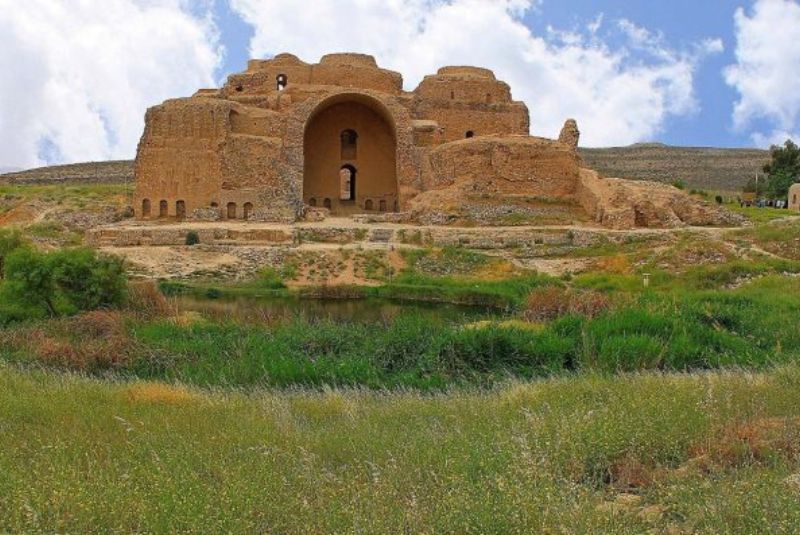
Situated southeast of the Anahita Temple, the grand Ceremonial Hall spans 781 square meters and is among the earliest and largest domed architectural works of the Sassanid period. The hall features four symmetrical porches, and above it stands a turnip-shaped dome that once reached a height of 25 meters. The central courtyard of the hall is square-shaped, and the building is adorned with 64 niches, each decorated with stucco designs, including artichoke leaves, grape leaves, and cruciform patterns.
Valerian's Palace
Valerian's Palace, resembling the Anahita Temple, is located 150 meters north of the Great Fire Temple of Bishapur. The palace, built from large, cut stones with metal fasteners, has suffered significant damage over time. Despite efforts to reinforce the structure with white mortar, the palace has been partially looted, and various artifacts from the site are now displayed in museums around the world.
Sculptures and Reliefs
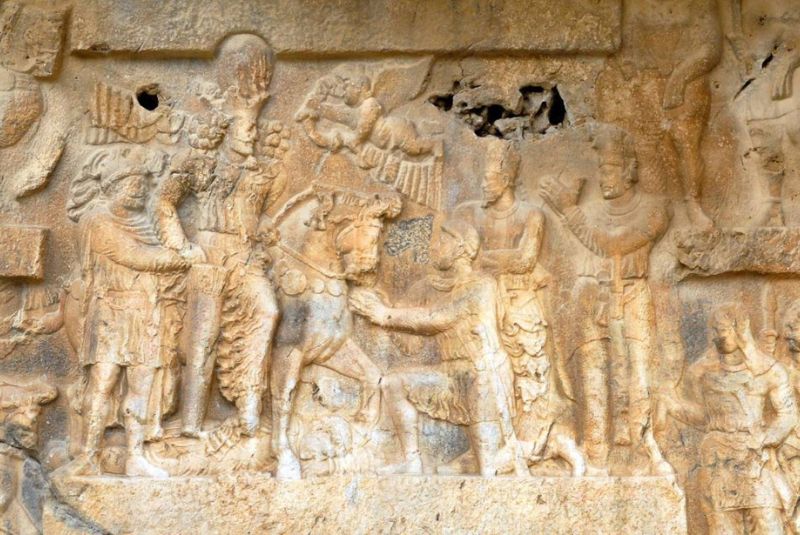
Near Bishapur, a series of exquisite reliefs are carved into large rocks along the Shahpur River in Tang Chogan. These reliefs illustrate the Sassanid kings' triumphs over their enemies.

Of the 39 reliefs, 36 depict the victories of Shapur I, the founder of Bishapur, while the remaining three commemorate the coronation of Bahram I and the victories of Bahram II and Shapur II.
Mosaic Porch
One of Bishapur's most remarkable artistic and architectural works is the Mosaic Porch, measuring 11.25 meters in length and 10.6 meters in width. The porch is adorned with vibrant mosaics that highlight the craftsmanship of the artists of the time. Due to their significant historical value, some of these mosaics have been exhibited in the Louvre Museum in Paris, offering art and history enthusiasts a chance to admire their beauty and appreciate their historical importance.
Shapur Statue Cave
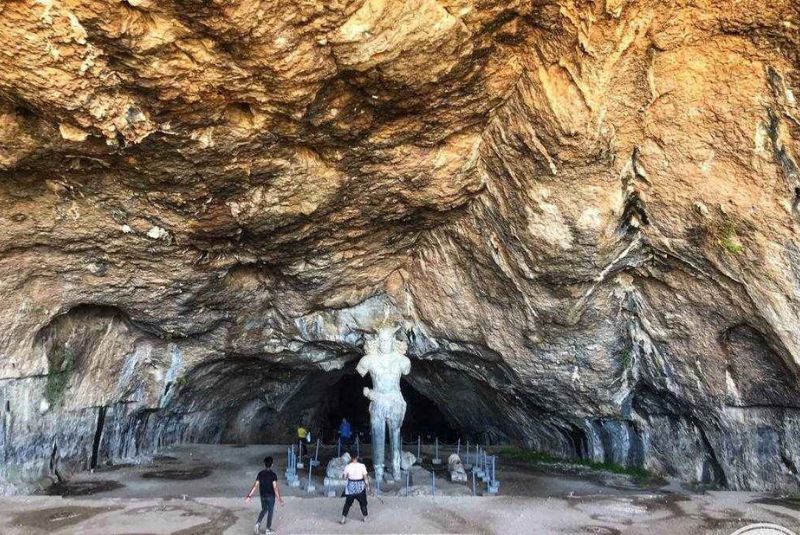
At the end of the Pologhan Gorge lies the entrance to Shapur Cave, marked by a large opening approximately 30 meters wide. Inside the cave stands the Shapur statue, a 7-meter-tall figure that has endured for 1,700 years as a rare remnant from ancient times. Although the statue has suffered damage, including the loss of both hands, it remains a significant historical artifact.
Bishapur City Location and Access

- Address: Fars province, Kazerun city, Bishapur ancient city
Bishapur city is situated near Kazerun, making it necessary to travel to Kazerun to visit the site. Public transportation, such as buses, is available for those heading to Bishapur. Alternatively, if you prefer a private journey, you can drive there by taking the Kazerun-Borazjan road and then turning towards Bishapur.
For a more convenient and informative experience, joining a guided tour is recommended.
- Visiting Hours: 8:00 a.m. to 6:00 p.m.
Tips for Visiting Bishapur City
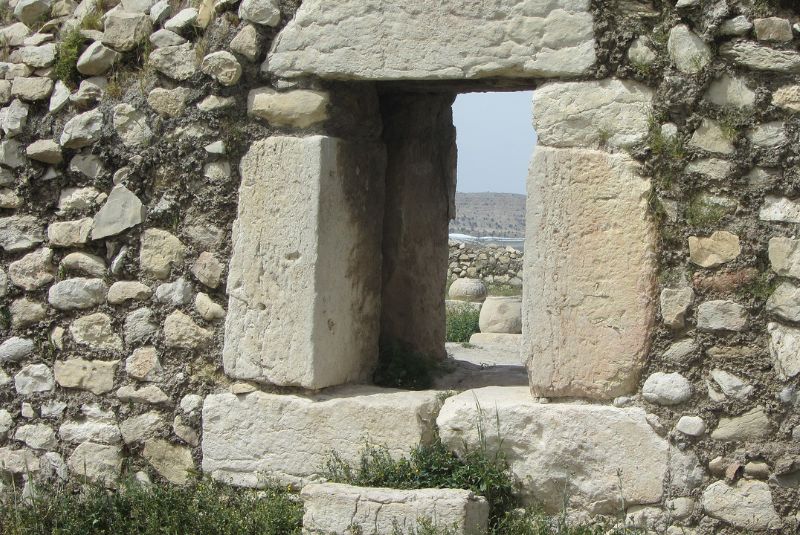
- When exploring Bishapur city, it's advisable to wear comfortable clothing and weather-appropriate footwear.
- A light backpack is also useful, as you'll be doing a lot of walking, and suitable shoes will help you navigate the uneven terrain.
- Don't forget to apply sunscreen, especially if you're visiting during the warmer months of spring or summer. A sun hat and sunglasses are also essential to protect yourself from the sun.
- It's important to bring enough water and snacks to stay hydrated and avoid heatstroke during your visit.
- Weekends and holidays tend to attract more tourists to Bishapur, resulting in larger crowds. To have a more peaceful experience, consider visiting during non-holiday periods.
- Engaging with the onsite guides can also enhance your visit, providing you with detailed explanations of the site’s history.
- While exploring Bishapur, please take care to preserve the ancient monuments and respect the historical significance of the area.
The Best Time to Visit Bishapur City
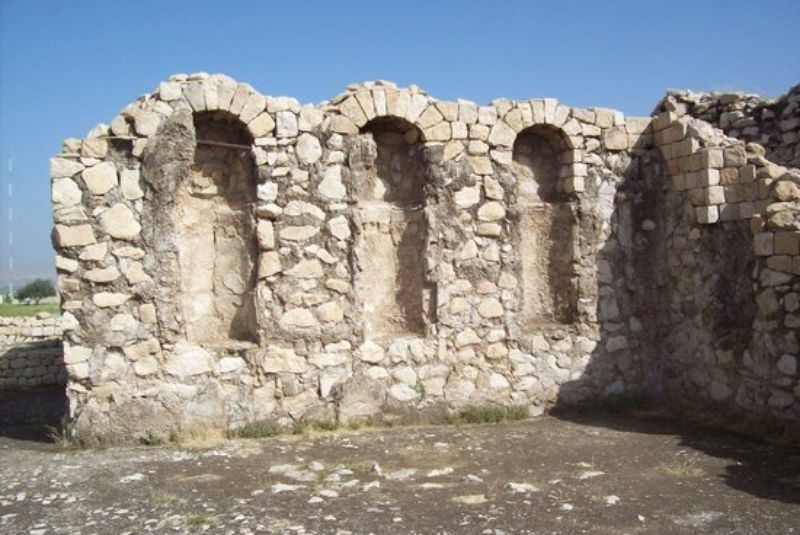
Fars province can be visited year-round, but the ideal time to explore Bishapur city is from the beginning of autumn to the end of spring, when the weather is cooler. Visiting during non-holiday times will not only reduce crowding but can also lower the cost of tickets and accommodation.
Amenities in Bishapur City
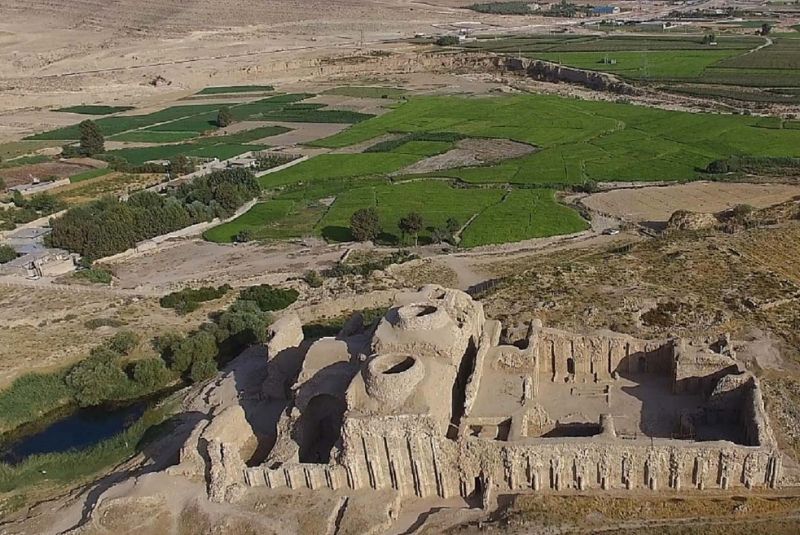
Bishapur city is primarily of interest to those fascinated by ancient history and architecture, rather than casual tourists. Mobile phone reception is generally available, although occasional issues may occur.
There are restaurants and cafes nearby where you can enjoy local cuisine before or after your visit.
Final Takeaway
Bishapur city stands as a significant historical site, showcasing the architectural brilliance and cultural depth of ancient Iran. With its renowned structures and enduring beauty, Bishapur offers a compelling glimpse into the life and artistry of the Sassanid era. When traveling through Iran and Kazeroon, make sure to visit this remarkable site, where history and architecture continue to captivate visitors from around the world.
Share your story!
Comment below and let us know about your Experience.
Your story inspires others!


Comment
Leave a Comment